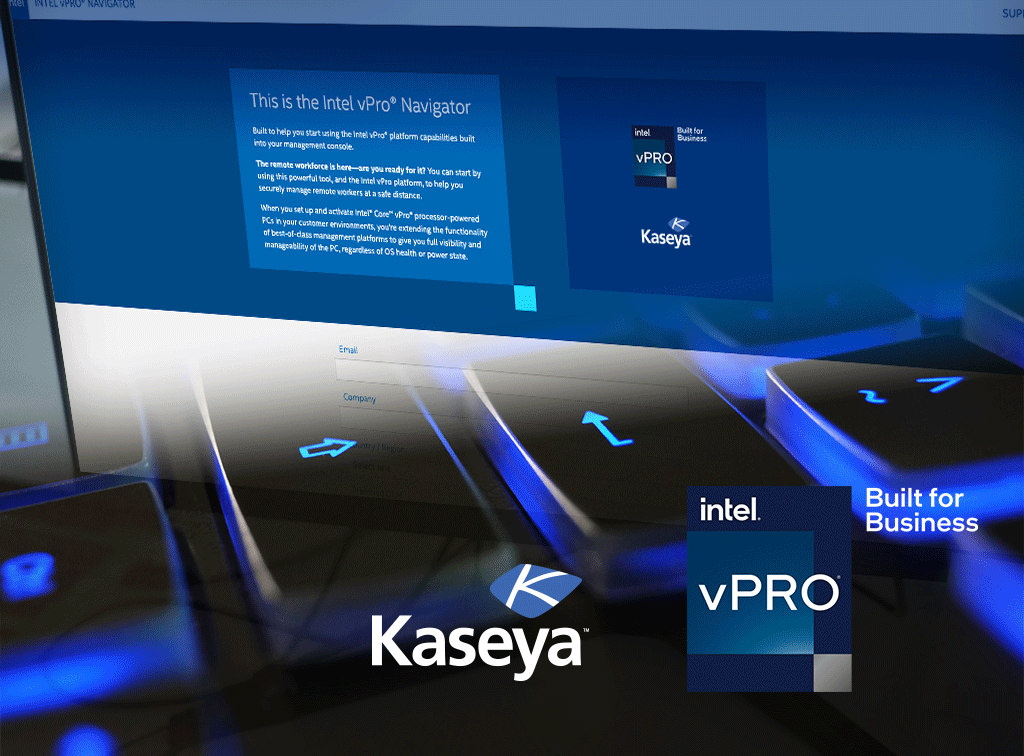What is system integration?
System integration is the process of uniting all virtual and physical components into a single cohesive infrastructure to ensure that all the individual pieces of an organization work as a whole. While the physical components consist of all computer hardware modules, virtual components consist of all the data that is stored in software, applications and databases. System integration is also referred to as software integration or IT integration.
What is the purpose of system integration?
Why is system integration important? The primary reason why businesses implement system integration is to ensure that all systems work together in harmony to boost productivity and enhance the quality of day-to-day operations. The goal of system integration is to streamline and simplify communication between not only the organization’s internal systems but also the third parties the organization works with. System integration helps accelerate the outflow of information and cut back on operational costs.
What are the different types of system integration?
Now that we’ve explained why you must implement system integration, let’s take a look at the different types of system integration that you can leverage.
Legacy system integration
Many organizations continue to use outdated legacy systems to perform core business functions to avoid disrupting their day-to-day workflow. Businesses can resolve this problem by implementing legacy system integration. This process enables the modernization of legacy systems by facilitating a seamless communication channel with newer technology solutions and information systems.
Enterprise application integration (EAI)
When businesses scale, they tend to incorporate more enterprise applications to streamline their front-end and back-office processes. This results in many disparate applications that do not share any point of convergence and store volumes of data separately. EAI combines these different subsystems into a single business environment and facilitates the real-time exchange of data between different applications.
Data integration
Most companies store data from a lot of different sources or databases. As the name suggests, data integration enables you to gather data from all different services and aggregate and transform it into a central point of access to facilitate interactive reporting.
Business-to-business integration
B2B integration is the automation of business communication and processes between multiple organizations. This integration enables these companies to trade and work more efficiently with their business partners, suppliers and customers through business process automation.
Electronic document interchange (EDI)
Electronic data interchange (EDI) is the intercompany exchange of business documents in a standardized format. Alternatively, EDI can be described as the standard electronic format that companies use to replace their paper-based documents such as invoices or purchase orders. Automating paper-based transactions helps companies not only save time but also avoid costly errors that might result from manual processing.
What are system integration methods?
Just as there are different types of system integration, there are also various methods used to accomplish it. Let’s discuss each in detail:
Point-to-point integration
As the name suggests, point-to-point integration is typically a connection between two system components. Since it lacks the complexity of “true” system integration, it is often considered to not be system integration. Such types of integrations are typically used to handle a single business function at a time and do not involve any complex business logic. However, point-to-point integration systems can quickly become unmanageable as more systems get added and new connections must be implemented.
Star integration
Also known as the spaghetti method, star integration operates by connecting each subsystem with other subsystems by means of point-to-point connections. This type of integration allows for greater functionality. However, with an increase in the number of integrated systems, the number of integrations also goes up, resulting in greater complexity in the management of these integrations. Star integration is a sound choice when there aren’t too many subsystems in a business environment.
Hub-and-spoke integration
In the hub-and-spoke model of integration, every system is directly connected to a single, central hub that mediates requests and decouples receivers and senders of data. Given its unique architecture, hub-and-spoke integration greatly simplifies the sustainability and security of a business environment.
Vertical integration
Under vertical integration, the different subsystems are connected by creating a functional “silo” that starts with the basic function at the bottom with the functions becoming progressively more complex as you go upwards. Vertical integration is a relatively easy and simple method that involves only a limited number of systems. However, it is also fairly rigid and becomes progressively more difficult to manage in the long run given that any new functionality requires its own functional “silo.” Vertical integration is best for creating simple integrations that address only a single function.
Horizontal integration
As opposed to vertical integration, the purpose of horizontal integration is to facilitate communication between subsystems. This type of integration is achieved by using a single specialized subsystem known as an enterprise service bus (ESB) that acts as a common user interface layer that connects to all other subsystems.
Since the subsystems are connected through the main system indirectly rather than directly, vertical integration requires relatively fewer connections. Fewer connections reduce the amount of money, effort and time needed to build the system.
Common data format integration
Common data format integration can be implemented by creating a new data language. This language is a universal format used by all subsystems to process and transfer data with one another. This type of integration helps eliminate the need to have more than one adapter within a system for every subsystem.
The primary benefits of this type of integration are that all subsystems communicate seamlessly and operate independently. However, the one downside of this integration is that it is fairly complex and requires comprehensive coding skills.
What is the role of a system integrator?
A system integrator specializes in connecting internal and external disparate applications, systems, cloud-based software solutions and data storage. The main goal of a system integrator is to bring together different subsystems into a single integrated solution and ensure that they function in tandem with one another. This streamlines data sharing in real-time and improves efficiency.
What are the steps in system integration?
Now that we’ve covered the various types and methods of system integration, let’s take a look at how system integration is implemented. Here are the various steps in system integration:
- Determine requirements: The first step in system integration is determining your expectations of the integrated systems and sharing your requirements with the system integrator. You must ensure that everyone concerned is aware of how to use these integrated systems to the best of their capabilities.
- Analyze feasibility: Once you have outlined your requirements for your future software, you must proceed with conducting a comprehensive analysis to determine whether or not it is operationally feasible.
- Architect design: Next, the system integrator develops a strategy to integrate the various components into a single, unified system that functions as a whole.
- Develop the management plan: After the architecture has been designed, the management team collaborates with the relevant teams to create a timeline for integration, determine alternate options and calculate potential risks.
- System integration design: The longest and most challenging of all phases is the system integration design. The system integrator performs the actual system integration based on the architectural design, ensuring that there is no data loss.
- Implementation: Once the integration is complete, the systems are verified and tested for bugs and errors. Any bugs detected are fixed and the operational testing is done once more to make sure that the integrated system is free of any errors.
- Maintenance: Possibly the most overlooked step of all, routine maintenance is also one of the most important to ensure the smooth operation of the newly integrated system. Both system integrators and system users must take up the responsibility of running scheduled diagnostics to detect any new errors and to report any problems to the IT team.
What are the benefits of system integration?
Some of the major benefits of system integration are:
- One of the most obvious advantages of system integration is the aggregation and streamlining of all correlated data. This further simplifies the retrieval and processing of data across the various subsystems.
- System integration also improves the accessibility of data and eliminates the need to wait for the data to be manually synced across the different subsystems.
- System integration eliminates the need for repetitive manual data entry and helps boost efficiency.
- System integration enables data storage on a single, centralized system. This eliminates the need for setting up multiple data storage spaces for the same data, thus cutting back on the costs of keeping unnecessary data storage.
What are the challenges of system integration?
Some of the drawbacks of system integration are:
- Integration can become a challenge for organizations that run on legacy, monolithic systems.
- Given the variety of system integration tools available in the market, choosing the one that makes the most sense for your unique business requirements can be a challenge.
- The process of integrating different systems is complex and time-consuming.
- System integration might prove to be a costly affair for many businesses.
IT system integration with Kaseya
One of the major highlights of Kaseya’s next-gen solutions is the fact that they are all seamlessly integrated with one another. Deep workflow integrations between applications like VSA (remote monitoring and management), BMS (professional services automation) and IT Glue (IT documentation) not only simplify IT management but also save technicians a ton of time that they would otherwise spend switching between multiple disparate applications.
System integrations are a boon for both MSPs and internal IT teams alike since they help streamline critical IT processes, boost efficiency and enable technicians to focus on revenue-generating activities.
Want to know more about Kaseya’s powerful workflow integrations? Request a free demo now!





